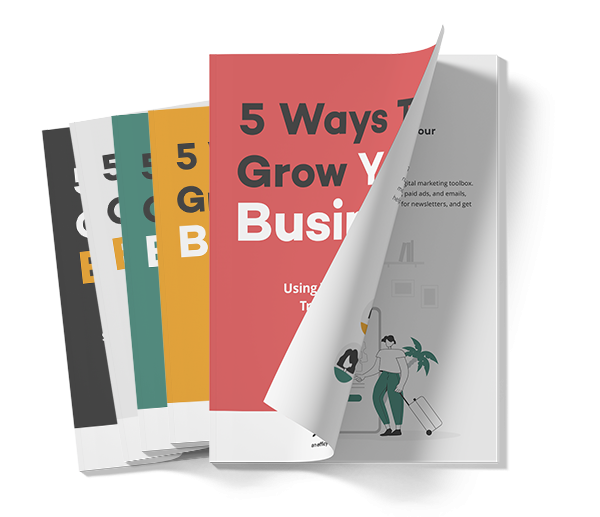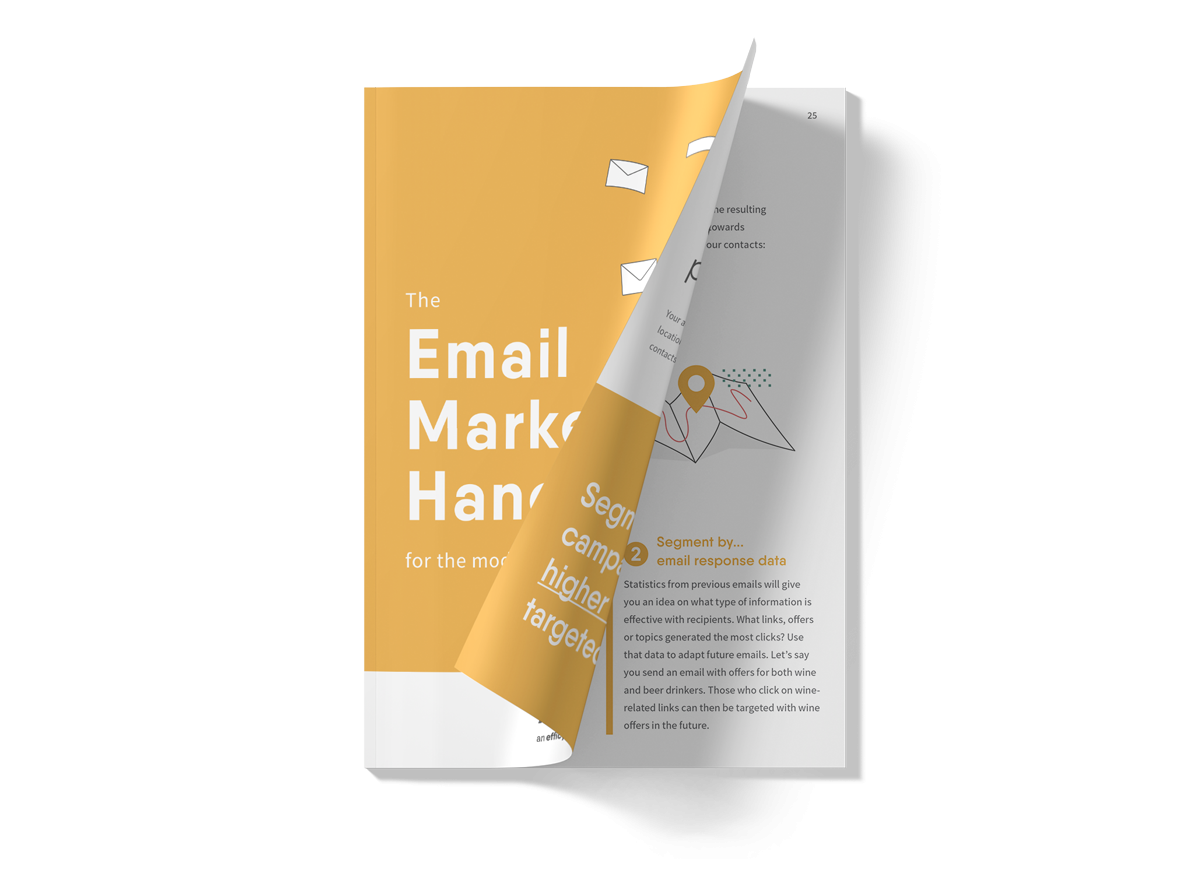Prospecting emails: How to create a successful campaign
Sending out hundreds and hundreds of prospecting emails can be a daunting task, especially if the success or failure of your project can be defined by how they’re received.
It takes a brave person to remain unflinching in the face of thousands of unreturned calls and emails, even if they have complete faith in the product they’re selling or pitching.
This tactic can also be extremely time consuming, especially if you lack the necessary bulk email software and have to send each one individually.
But fear no more, because you’re about to read some email marketing tips that’ll make it all seem much… simpler.

Prospecting emails, the basics
For people unsure what the term means, it’s useful to think of prospecting emails as cold calls when they’re sent to a recipient the salesperson has no prior history of interaction with. This is rarely the best course of action, successful outreach campaigns are almost always centered around a recipient who is already familiar with you or your business.
This could come through some groundwork done by a salesperson through social media, or via referrals. However, if you are going in cold, it would be a good idea to really personalise that initial email by referencing the prospect’s work or something about the business to show you have a firm grasp of the individual and their company.
With everything that you do, the key is to create engaging and relevant emails that help you sell. Prior relationship or not, you won’t accomplish anything without ticking that off first.
Why prospecting emails are so popular
This is a popular technique for a number of reasons. For a start, it’s a predictable revenue growth channel, especially compared to methods like blogging, SEO and inbound. If you can establish a reliable process, you’ll be able to fire up a very nice lead generation machine.
You can also target your prospects with greater accuracy, which leads to better measurement and optimisation of data and approaches. Instead of taking a scattergun, spray and pray approach, prospecting emails can really narrow down an approach.
Email service providers are technologically advanced enough to allow personalisation on an individual level, they are less interrupting and annoying to receive and can achieve a greater return on investment thanks to the bulk-send nature of email marketing.
Three steps to success

What makes a good prospecting email, I hear you cry out. Well, success comes in three main parts, which we’ll go over now.
First, you need a reason to reach out. If you don’t have one, or can’t think of one, the chances are you shouldn’t be targeting this prospect. Have a think if your reason for sending that email is compelling, if the person fits your ideal buyer profile or not and if they are similar to customers you’ve had in the past. Remember, you’re selling, so you always need to consider whether you can provide value to your prospect. If not, don’t bother. If the answer is yes, that’s great! Show them how.
There’s marketing automation platforms out there that can show you the right profiles to target based on profile data that you’ll have collected on previous customers. If a prospective matches up to an existing buyer, you have a match and some hard evidence that says this person is worth pursuing.
Second, you need to solve a problem. Having the data is wonderful, but if you can’t see a reason why a prospective customer would need your product to solve a pain point or improve the efficiency of their business, then that person is going to have no reason to buy from you. You can use profile data to find potential matches, but then you need to do your research and discover the human angle. Without it, we are nothing.
Third, be compelling. If your sales pitch doesn't include a way to drive action immediately, it’s not going to do well. Keeping a relationship alive with emails that just check in is fine, but something that provides a concrete way to move the relationship forward is better. So be compelling, fix a problem and then move the process along with a solid call-to-action.
Get the right bulk email software for the job

Having the right content is important, but wrapping that around the right tools for the job is just as vital. Email communication is a part of this strategy, so you need to have the right platform to cover all your needs.
Thankfully, there are a number of bulk-email softwares available to use in exactly this situation:
- APSIS One allows you to bulk-send emails to a selection of profiles or audiences, which could include all your prospects at once. The wizard lets you personalise without having to create multiple emails for different groups of audiences - a wonderful time saving device! You can also design your emails, save templates and more.
- Active Campaign is another mass email tool.
- SendInBlue allows users to design their email template using a drag-and-drop builder.
- And of course, there’s MailChimp, who were founded in 2001 - the same year as APSIS!
APSIS is also brilliant at cutting workload by automating day-to-day action, but it’s also really handy because it can adapt emails to actions or inactions of recipients with marketing automation. This is a killer timesaver, and leaves your marketing department with lots more time to get on with other things.
Make the most of insights

Once you’ve used the right bulk email software to send your prospecting emails out, your job isn’t done. Smart digital marketers will then analyse the data to find out more, refine the next round of comms and improve results.
Marketing automation software provides marketers with an easy overview of behaviour and interactions across channels and customer touch-points, including your email campaigns.
With this you can learn how and where customers and prospective customers interact with emails and the website. With this data, you can make informed content decisions around devices, topics and response data.
The APSIS One email tool will also let you analyse those responses so you can make informed, data-driven decisions for next time. This lets you personalise every step of their customer journey - job done!
Eliminate pesky pain-points
By doing this, you can help eliminate your own pain-points and inefficiencies while demonstrating how your product can do the same for your prospective customer.
A quick and easy way to improve your chance of success is to follow the tips above - tell someone what you can do to make their lives easier, use an automation software so you can send bulk emails in a more efficient and personalised way.
Modern businesses produce a huge amount of data. That can’t sit in silos, because that’s no good to anybody. Put it to work, but make sure it works for you in an intelligent way - which is what good marketing automation tools provide.
But don’t just take our word for it! There’s plenty more to learn on the subject of email marketing, and it just so happens that APSIS has a rockstar handbook on the subject. So head here to download it and start your journey towards email marketing stardom.






